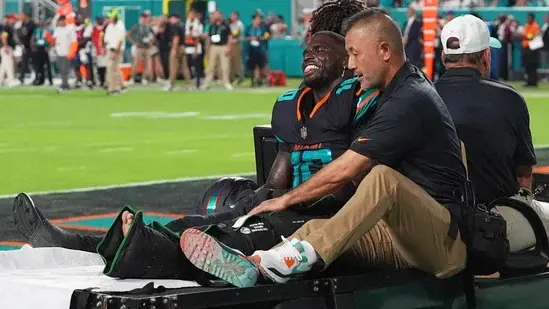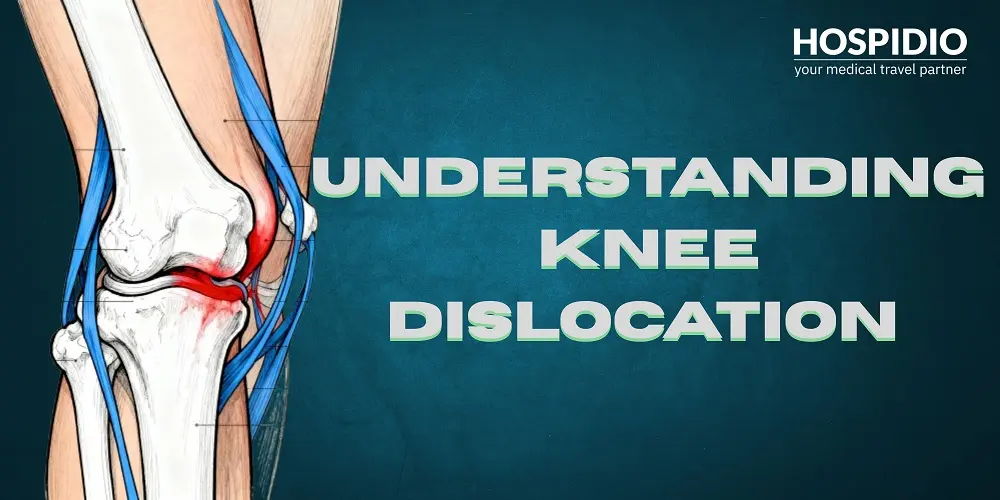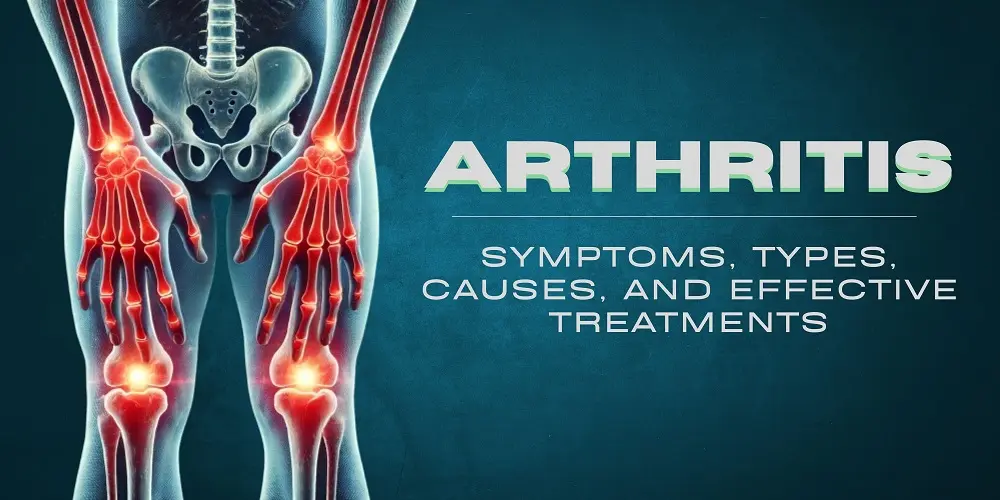Knee dislocations are among the most serious injuries that athletes and active individuals can suffer. These injuries combine intense pain, potential ligament and v
ar damage, and require immediate medical intervention. Recently, media coverage has increased around severe knee injuries in professional football, highlighting the importance of understanding the nature and implications of such injuries for anyone engaged in high-impact sports or physical activities. The story of a top NFL player recently suffering a dislocated knee brings this topic into sharp focus, showing how critical prompt and proper care is for recovery and return to play.
Get a free cost estimate
What Is a Dislocated Knee?
A knee dislocation occurs when the thigh bone (femur) and shin bone (tibia) completely lose their normal alignment at the knee joint, which is different from a kneecap (patella) dislocation where only the kneecap slips out of place. The knee joint is stabilized by four major ligaments: the anterior cruciate ligament (ACL), medial collateral ligament (MCL), posterior cruciate ligament (PCL), and lateral collateral ligament (LCL). A dislocation typically involves disruption of multiple ligaments and may also cause damage to blood vessels and nerves around the knee.
The knee joint allows flexion, extension, and a small degree of rotation, but a dislocation forces the bones out of place, often followed by visible deformity and inability to move the joint.
Typical Causes
- Knee dislocations in athletes usually result from high-impact trauma such as sports collisions, falls, or sudden twisting movements.
- Low-energy injuries or routine movements can cause dislocations in individuals with predisposing factors like previous knee instability or obesity.
- Common risk factors include high-speed contact sports, awkward landings, and improper protective gear.
Signs and Symptoms
- Severe and immediate pain at the knee
- Visible deformity or odd positioning of the knee joint
- Swelling and intense tenderness
- Inability to bear weight or move the leg
- Numbness or tingling if nerves are affected
Immediate Emergency Care
In a suspected knee dislocation case, immobilize the leg immediately, apply ice, and elevate it to reduce swelling. Do NOT attempt to self-correct or relocate the knee, as improper handling can worsen vascular or nerve injuries. Emergency medical evaluation is crucial to assess ligament damage, vascular flow, and nerve function, determining the severity and appropriate treatment.
Diagnosis and Assessment
Medical imaging plays a vital role in diagnosis. X-rays confirm bone positioning and fractures; MRI scans are used to assess ligament tears, cartilage damage, and soft tissue injuries. Vascular studies or CT angiography are necessary if blood flow disruption is suspected due to the risk of popliteal artery injury.
Treatment Options
Treatment depends on injury severity:
- Non-surgical: Closed reduction (medical realignment), immobilization with braces or casts.
- Surgical: Ligament repair or reconstruction is often required, especially if multiple ligaments are damaged or if vascular injuries occur. Surgery also addresses nerve damage and associated fractures.
Recovery and Rehabilitation
Recovery from a knee dislocation is a lengthy and intensive process. Initial immobilization is followed by physiotherapy focusing on regaining strength, flexibility, and stability. Return to sports typically takes several months, varying by injury severity and treatment modality. Psychological readiness is also important for athletes resuming competitive play.
Prevention Tips
- Proper warm-up and stretching before activities
- Strengthening exercises targeting quadriceps, hamstrings, and surrounding stabilizing muscles
- Use of appropriate protective gear and braces during high-risk sports
- Avoiding risky movements and learning correct techniques to reduce knee stress
Case Example: Real-World Athlete Knee Dislocation
During an NFL game in 2025, a star wide receiver suffered a severe knee injury when his left leg twisted awkwardly while trying to catch a pass, resulting in a confirmed dislocated knee. Medical staff quickly stabilized his leg with an air cast and transported him to a hospital for detailed imaging and evaluation. The incident received extensive media coverage, highlighting the injury's severity and its implications for the athlete’s season and career. Despite the trauma, the athlete displayed remarkable composure, focusing on his team’s success even as he was carted off the field. The injury risked ligament ruptures, vascular damage, and nerve injuries, making immediate and specialized care critical for recovery. From CBS Sports News & ESPN news on Turkee Hill's injury.

When to Seek Specialized Help
Anyone experiencing signs of a knee dislocation should seek urgent orthopedic consultation, especially when:
- There is extreme pain, visible deformity, or inability to move the knee
- Numbness, tingling, or loss of pulse in the foot (possible nerve or vascular injury)
- Significant swelling or inability to bear weight
- After immediate emergency care, follow-up with specialists is crucial to plan imaging, surgical interventions if necessary, and rehabilitation protocols
Recovery Outlook and Prognosis for Athletes
Knee dislocation is a severe injury with significant recovery challenges. Many athletes face months of rehabilitation, and some never regain pre-injury knee function. Complications like arthrofibrosis (joint stiffness), instability, and nerve injuries are common. However, with prompt treatment and dedicated physiotherapy, many return to competitive sports within 6 to 12 months. The exact timeline depends on injury severity, treatment choice, and individual healing capacity.
Types and Implications of Knee Dislocations
| Anterior (40%) | Hyperextension injury | PCL tear | Moderate |
| Posterior (~33%) | Axial load to flexed knee | Popliteal artery tear, PCL injury | High (25%) |
| Lateral (~20%) | Varus/valgus force | ACL & PCL tears | High (peroneal nerve injury) |
| Rotatory (5%) | Complex rotational trauma | Irreducible, femoral condyle buttonholing | Moderate to high |
| Medial (5%) | Varus/valgus force | PCL & posterolateral corner injury | Moderate |
Psychological Impact and Athlete Focus
Beyond physical damage, traumatic dislocations cause emotional and mental stress. The featured athlete's case showed remarkable resilience and focus on team success despite a severe injury. Mental health support, including sports psychology, is a vital component of rehabilitation to restore confidence and competitive drive.
Conclusion
A dislocated knee is a serious injury with immediate and long-term risks, especially for athletes and active individuals. Recognition of symptoms, prompt emergency care, and specialized orthopedic management are essential to minimize complications and optimize recovery. Rehabilitation involves physical therapy and psychological support, aiming to return the athlete to full functionality. The recent high-profile knee dislocation of a professional football player underlines the injury’s severity and the importance of awareness. Early intervention and prevention strategies can help protect athletes from potentially career-altering knee injuries.
References:
National Health Service. (2024). Dislocated kneecap.
Cleveland Clinic. (2025). Sports injuries: Types, causes, and treatments.
National Center for Biotechnology Information. (2024). Knee dislocation. In StatPearls.
Sasmita
Author
Sasmita is a Marketing Specialist at Hospidio, a leading medical travel company. With expertise in Google Ads, Facebook Ads, and SEO, she plays a pivotal role in driving international leads for healthcare services in India. In addition to her digital marketing prowess, Sasmita is passionate about creating informative and research-based content. She writes extensively about treatment options available in India, the leading hospitals, and the surgeons that provide specialized care. Her blog posts also explore into new medical technologies and breakthroughs in the healthcare field, with the aim of educating international patients on the benefits of traveling to India for medical treatment.
Guneet Bindra
Reviewer
Guneet Bhatia is the Founder of HOSPIDIO and an accomplished content reviewer with extensive experience in medical content development, instructional design, and blogging. Passionate about creating impactful content, she excels in ensuring accuracy and clarity in every piece. Guneet enjoys engaging in meaningful conversations with people from diverse ethnic and cultural backgrounds, enriching her perspective. When she's not working, she cherishes quality time with her family, enjoys good music, and loves brainstorming innovative ideas with her team.





